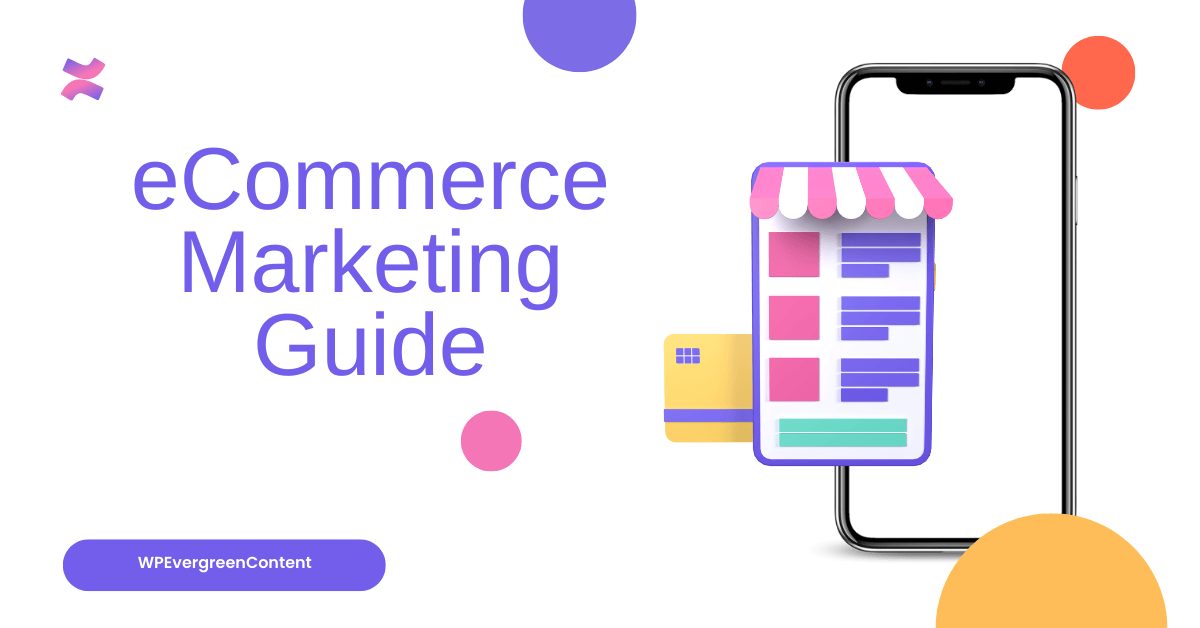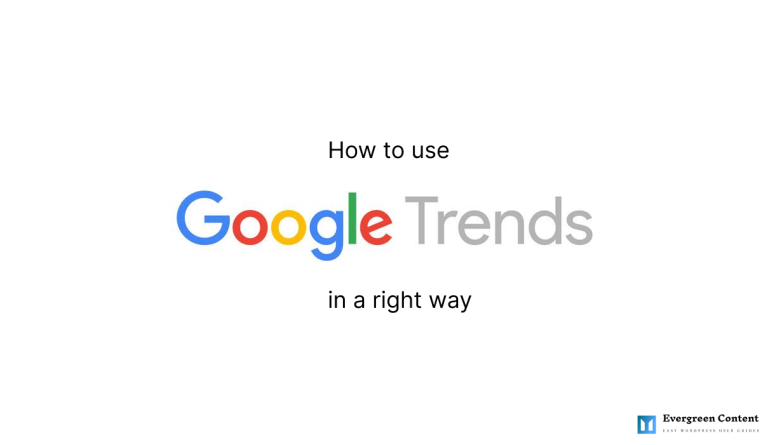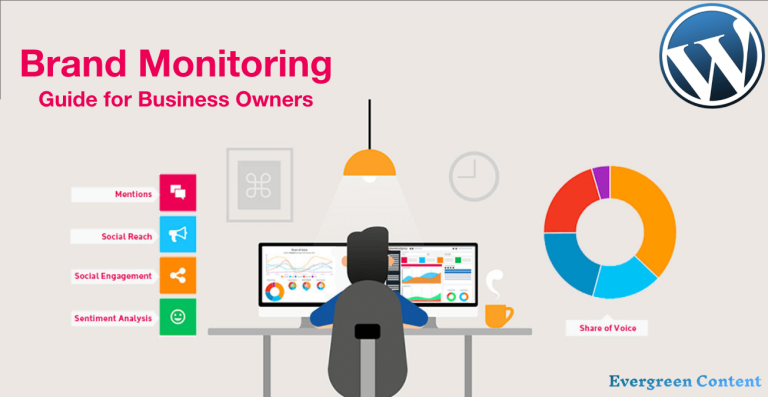eCommerce Store vs Marketplace- Which One is Better for You in 2024
A regular eCommerce site sells the products of one seller whereas a marketplace allows multiple vendors to sell their products. This is the core point of dissimilarity that gives birth to other differences between single-store eCommerce and marketplace eCommerce.
As a seller, you might be confused about whether you should start a new eCommerce business or register on an existing marketplace and start selling right away.
As an entrepreneur or investor, you might have plans to open a new business but can’t decide between building an eCommerce site and a marketplace.
No worries, in this article, we’ve discussed the key differences between eCommerce and the marketplace and pointed out their advantages and disadvantages. You can make an informed decision when choosing the ideal online business model for you by the end of this discussion.
What Is an eCommerce Website
An eCommerce website is a digital platform where a single retailer sells to multiple customers. The vendor manages the website and buyers browse and buy their products via the website. So, here the ecosystem consists of only two parties- buyers and sellers.
Usually, prominent brands run eCommerce websites since they already have a strong customer base who buy from them because of the brand value.
For example, H&M is a global fashion clothing brand with headquarters in Stockholm, Sweden. They have an eCommerce website along with hundreds of physical stores worldwide. Their website doesn’t have products from multiple sellers.
What Is an eCommerce Marketplace
eCommerce marketplace refers to an online buying and selling platform where multiple vendors sell their products to a large number of customers. While eCommerce websites focus on selling niche-based goods, online marketplaces cover a wide range of products. An online marketplace mainly comprises three parties: buyers, sellers, and marketplace owners or operators. Most online stores are adopting the marketplace model and successfully achieving their business goals.
Amazon, Alibaba, Walmart, etc. are the epitome of successful online marketplaces. They onboard numerous third-party sellers and manage the platforms to keep them user-friendly and functional. These marketplaces bring buyers and sellers together and facilitate transactions.
eCommerce Store vs Marketplace – 9 Key Differences to Consider

eCommerce websites and marketplaces have many similarities in terms of business operations. The number of sellers makes the difference. Here are the key differences between a marketplace and eCommerce based on the following factors.
- Investment
- Inventory
- Scalability
- Profit margin
- Marketing and Branding
- Technology and Platform
- Payment Gateways
- Shipping and Order Fulfillment
- Traffic and Target Audience
Keep reading to learn these points in detail. You can also check the comparison table at the end of this blog to have a quick look at the differences between eCommerce and the marketplace.
1. Investment

Marketplace Investment
As a seller, it’s convenient for you to start selling on an online marketplace. Buyers can register their shops on the marketplace right away with minimal cost. Because, the marketplace is designed, developed, hosted, and operated by the marketplace owners.
But as a marketplace owner, you need to invest a substantial amount of money to establish a marketplace. Having said that, it’s very cost-efficient and easier to build an online marketplace on WordPress with Dokan and WooCommerce.
Single Store Investment
The seller and platform owner are the same person or organization in the case of an eCommerce website. So, you need to invest in developing a full-fledged eCommerce platform on your own. Here, you can’t avoid the investments required to keep a website up and running smoothly.
2. Inventory

Marketplace Inventory
Marketplace owners don’t need to manage inventory on their own. Third-party sellers source the products, stock them, and replenish them when needed. Marketplaces only connect the buyers and sellers and forward each order to the respective vendor.
Single Store Inventory
eCommerce websites sell products directly to end consumers. They need to hold inventory and keep track of the stock units to fulfill customers’ demands. You can avoid the hassle of inventory management by following a dropshipping model.
3. Scalability

Marketplace Scalability
Marketplaces are easily scalable. You can expand a marketplace simply by adding more vendors. The challenge lies in keeping the website fast, responsive, and functional. It is also very doable if you choose a high-quality hosting provider and employ skilled website developers and designers while building the online marketplace.
Single Store Scalability
E-commerce websites deal with a single vendor with fewer opportunities to scale up the business. But, you can upload more products of multiple categories to increase your product assortments. Remember to host your website on a good server to prevent any loading issues.
4. Profit Margin

Profit Margin for Marketplaces
Marketplaces are profitable only when they generate sales in a great volume. Since marketplace owners get only a percentage from each sale, it’s difficult to earn a substantial amount of money from a few sales. Once a marketplace becomes popular, it generates more revenue than an eCommerce website.
Profit Margin for Single Store
E-commerce website owners get the full percentage of the profit made through the platform. The profit margin is bigger but the order volume is low. Moreover, you need to make more initial investments in eCommerce website development. Thus it takes longer to reach the break-even point.
5. Marketing And Branding

Marketplace Marketing & Branding
The sellers of marketplaces have limited access to their direct customers. They need to run marketing campaigns through their respective channels and drive them to the dedicated marketplace to make the transaction.
A good collaborative effort can overcome this adversity. A seller can attract potential customers to the marketplace if the marketplace cooperates with him and uses its marketing channels to promote his products.
Single Store Marketing & Branding
E-commerce websites have the advantage of having all customers’ data. They can access customer analytics, analyze user behavior, and run marketing campaigns according to the buyer personas. eCommerce websites manage the inventory and they can provide accurate information about stock availability.
Besides, it is easier to offer better customer service when you have direct contact with your customers.
6. Technology Used

Technology Used in Marketplace
A marketplace should have a scalable database capable of handling multiple third-party vendors without difficulties. Powerful marketplace-building platforms, APIs, and cloud-based platforms are a few things you should consider when building a marketplace. You can try WooCommerce+Dokan, Dokan SaaS, Mirakl, Sharetribe, etc. platforms for the best outcome.
Technology Used in Single Store
A single-vendor eCommerce platform comes with fewer challenges than a multi-vendor marketplace. There are many eCommerce platforms that work great to build a highly functional eCommerce website. Magento, OpenCart, PrestaShop, Shopify, and BigCommerce are the big names in this sector.
7. Payment Solutions

Payment for Marketplace
The payment distribution in marketplaces is a bit complicated. The transacted money gets divided into at least two portions. One part goes to the third-party sellers and a percentage goes to the marketplace owners or operators.
And, the total amount is split into three sections if you have an integrated third-party delivery partner. So, you need a payment gateway that can split the payment if necessary.
Payment for Single Store
In the case of eCommerce websites, you can enjoy hassle-free payment with almost all traditional payment gateways. The money goes directly to the website owner and he then distributes it to the third party like delivery agents (if any).
8. Shipping And Orders

Marketplace Shipping & Orders
Marketplaces usually have multiple vendors based on different locations. That’s why you can’t expect a specific shipping agent to deliver all your products. Vendors can fix their own delivery partner based on their region, business model, industry, and budget. Some marketplaces also have a network of delivery agents who are capable of disbursing all orders made on their platform.
Single Store Shipping & Orders
E-commerce websites hold their own inventory and dispatch products from their end. So, it’s easier for them to set shipping rules and manage orders. They can also employ third-party delivery partners to facilitate the shipping process.
9. Traffic And Target Audience

Marketplace Traffic & Target Audience
The traffic of an online marketplace is way bigger than that of an eCommerce website. As a marketplace offers a wide range of products from multiple brands or third-party sellers, the target customer base is huge. The availability of numerous products from several categories attracts more customers to the marketplace. More customers attract more vendors and vice-versa.
Single Store Traffic & Target Audience
E-commerce websites usually list limited products specific to a single brand or source products from multiple brands and hold the inventory to meet customers’ demands. Customers need to rely on the trustability of the platform rather than the brands. It’s difficult to earn trust and drive traffic to the website. As a result, you will get less traffic and less engagement.
Single Store eCommerce Vs Marketplace eCommerce – Advantages and Disadvantages
Both eCommerce websites and online marketplaces have merits and demerits of their own. Check the following lists for more.
The advantages and disadvantages of eCommerce websites are as follows.
Advantages of an eCommerce site
- More control over the ecosystem
- Enhanced customization
- Better branding opportunities
- Easy application of upselling and cross-selling strategies
- Greater control over coupons and discounts
- Better customer service
- Data accessibility for behavior analysis
- More loyal and repeat customers
Disadvantages of an eCommerce site
- A large investment of money and time
- Higher cost in developing the site
- Need a large workforce
- Difficult to attract more traffic to the eCommerce website
Let’s learn the pros and cons of online marketplaces from the below sections.
Advantages of marketplaces
- Easy to enroll as a seller
- More trust among customers
- Lots of incoming traffic
- Cost-efficient operational activities
- Dropshipping opportunities
- Good traffic with more customer engagement
- Less monetary risks
Disadvantages of marketplaces
- High competition
- Limited customization
- Less brand awareness
- Lack of customer data required for marketing campaigns.
- The lower price due to extreme competition
- Less direct customer service
eCommerce Store vs eCommerce Marketplace- Comparison Table
Let’s have a quick look at this comparison table of eCommerce vs marketplace to know the gist of the above discussion.
| Topic | eCommerce Store | Marketplace |
| Investment | Need more investment | Sellers can start selling with minimal investment |
| Inventory | Usually hold inventory | Don’t manage inventory |
| Scalability | Fewer opportunities to expand | Easily scalable |
| Profit Margin | Need to collaborate with the marketplace for marketing | High order volume with low-profit margin |
| Marketing & Branding | Can run marketing campaigns directly | Need to collaborate with the marketplace for the marketing |
| Technology Used | Magento, OpenCart, PrestaShop, Shopify, BigCommerce, etc. | WooCommerce, Dokan SaaS, Mirakl, Sharetribe, etc. |
| Payment Type | Full payment is shared with the seller | The payment is split between the marketplace operator and the vendor |
| Shipping & Orders | Products are processed and shipped centrally by the single seller | Multiple vendors may have different delivery partners |
| Traffic & Target Audience | Smaller audience with less traffic | Bigger target audience with more traffic |
Bonus: A Hybrid Method- The Combination of eCommerce and Marketplace

You don’t have to choose only one approach and get deprived of the advantages of the other. Integrate both strategies in your business model to reap the benefits simultaneously. You will be able to take advantage of the huge traffic that comes to an online marketplace and manage an eCommerce store at the same time.
The integration of eCommerce and marketplace allows online retailers to manage orders and sell products via their own admin panel. This approach offers more flexibility and control for the sellers. Shopify currently offers this type of integration to synchronize your product catalog to marketplaces.
Let’s look at this approach from a different perspective. Suppose you are the marketplace owner, that shouldn’t stop you from selling on the marketplace. In this case, you are both a seller and an operator. Use this opportunity to make more profits and combine your personal eCommerce store with the marketplace.
FAQs – eCommerce Vs Marketplace
We hope you have got all your questions answered in the above sections. If you have any remaining questions, the following FAQs may help.
1. Is the marketplace a part of eCommerce?
2. Is Amazon a marketplace or eCommerce store?
3. Can I turn my single vendor website into a marketplace?
4. What are the top online marketplaces in 2024?
Amazon
Alibaba / Taobao / Tmall
eBay
Etsy
Walmart
5. What is more profitable between eCommerce and marketplace business models?
Since the marketplace requires less investment for the sellers, it’s easier for them to reach the break-even point. On the contrary, selling on an eCommerce website is a bit costlier. From a seller’s perspective, online marketplaces are more profitable.
Which Model Is Suitable for You – Single eCommerce or Marketplace for Multivendor?
According to Digital Commerce 360, global sales from online marketplaces accumulated to 67% of total eCommerce sales worldwide. This statistic shows that online marketplaces are growing rapidly and account for more than half of the total transactions made online in 2021.
The eCommerce vs Marketplace debate is getting fueled by the ever-increasing numbers in favor of marketplaces in recent times. eCommerce and marketplace differ from each other in many ways starting from investments, scalability, profit margin, and traffic to inventory management, and more.
Now let’s find out which model is suitable for you. It depends on many factors. The first question is- are you planning to sell your products online or trying to build a marketplace or eCommerce website for yourself?
If you’re a seller, it’s easier to register on an online marketplace and start selling. Building an eCommerce website and selling on it involves more investment. So, selling on marketplaces is suitable for new sellers. But if you have enough money to build an eCommerce website from scratch., go for it. It will eventually help you get a substantial amount of profit.







